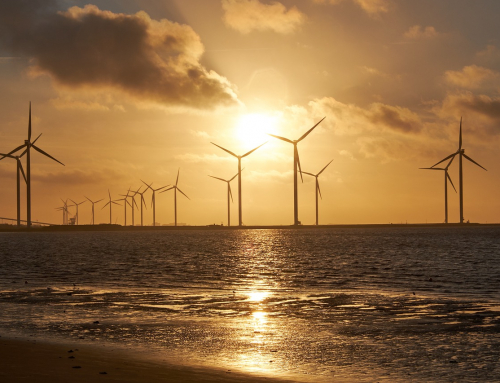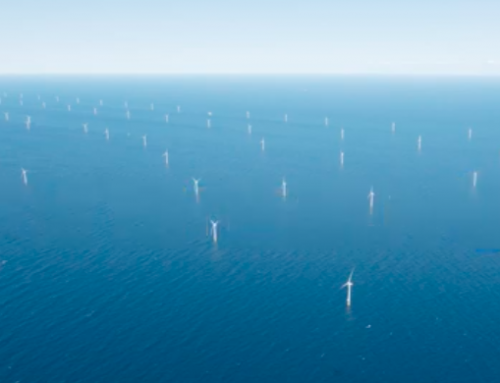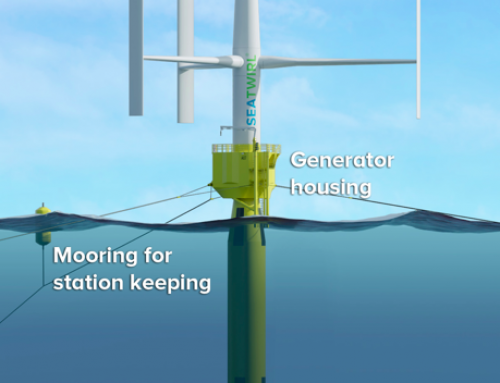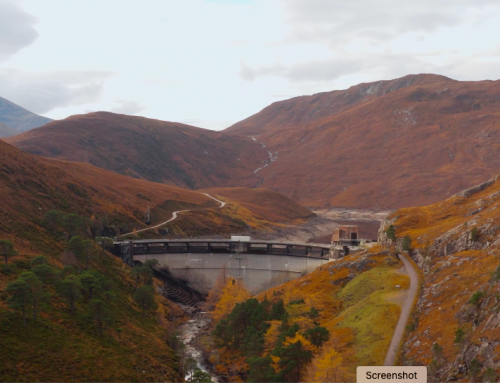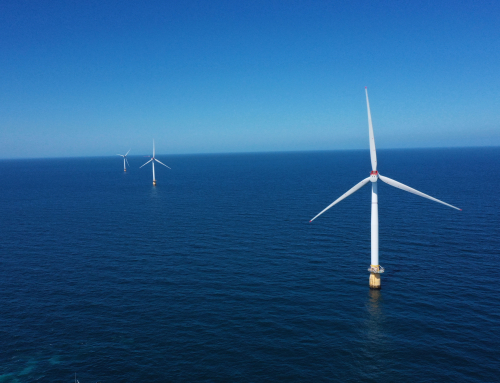It is well known that wind speed increases with distance above the ground. Since the power in the wind varies with the cube of the wind speed there is clearly a strong incentive to capture the energy in the wind from as high in the air as possible, which is why wind farms are built with increasingly taller towers.
But there is a limit to the cost-effectiveness of tall towers, so entrepreneurs have been examining ways of using kites and tethered wings to generate electrical power. A brief search reveals at least ten companies and many academic organisations worldwide pursuing what is known generically as Airborne Wind Energy (AWE).
Kites were used before 1800 to pull vehicles on land. Such help may no longer be needed but SkySails of Hamburg offers a large kite on a towing rope, with automatic launch and recovery system, to help move large cargo ships and reduce the emission of polluting fuel oil (see Emissions at Sea). The company claims that it can reduce the total fuel cost by 5 to 10 per cent.
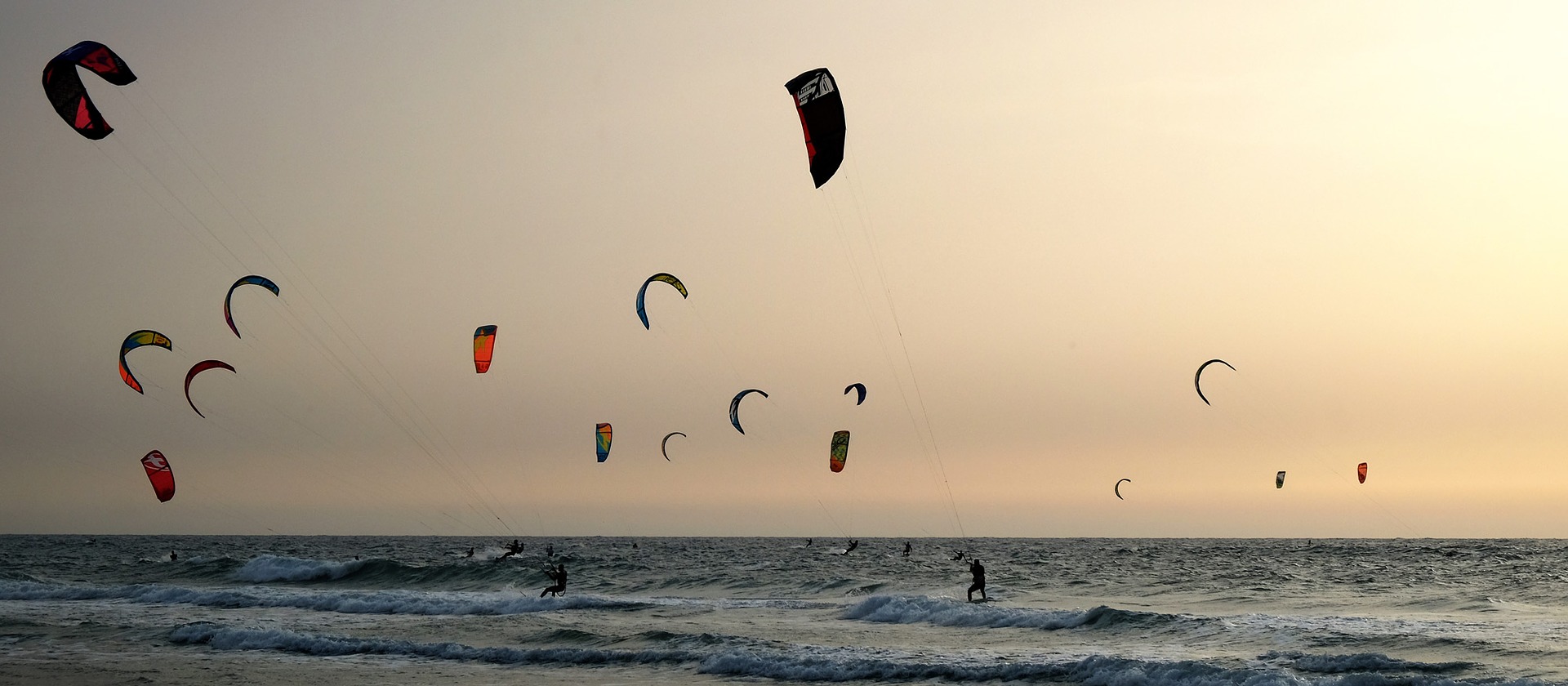
www.pixabay.com
But the current focus of AWE is to generate electricity. In its simplest form this involves releasing a kite on the end of a long cable. As the cable unwinds it turns a drum which is connected to a generator. The most efficient method is to fly the kite perpendicular to the direction of the wind forming a figure of eight as it rises. Once the cable is unwound the kite is wound back on the drum while manipulating it to offer minimum resistance to the wind. The energy spent on re-winding is generally quoted as a few per cent of that generated.
For example SkySails offers a mobile system that operates between 200 and 800m altitude and can generate 200kW of power. The system is more than just a kite on a cable. At the end of the cable, or tether, is a control unit with sensors and the means to pull in or let out lines that are attached to different points on the kite. This allows it to be controlled automatically by sophisticated software.
Kite Power Systems of Glasgow is testing a system with two kites and tethers, one generating power while the other is rewinding. This allows the power output to be more evened out. The expected annual energy production will be 1500MWh (400 average UK households) for a levelised cost of electricity that is 50 per cent less than that from a wind turbine due to the much lower capital costs.
Another form of AWE is the tethered wing. This looks like a pilotless glider with a tether and some means of reaching altitude. TwingTec, a Swiss company, uses a vertical lift propeller at the end of each wing, while Ampyx, a Dutch company, launches its device with a catapult. Once aloft the wings are cycled like the kites between generating and rewind modes. Current prototypes have wingspans of 12-15m with a generating capacity of a few hundred kilowatts but spans over 30m with output over a megawatt are planned, comparable to a wind turbine.
Another twist is provided by the US company Macani, now part of Alphabet, which generates electricity from small wind turbines mounted on a 26m long tethered wing and sends it to the ground unit through the tether. The turbines can be reversed to act as propellers in order to reach altitude.
It seems that so far all companies are testing prototypes and have not yet produced commercial revenue. No doubt there is plenty to test: high winds place large strains on the equipment while the aerodynamics of varying wind conditions makes automatic control systems complicated. Many companies promote their systems for places where wind turbines cannot be installed – difficult terrain or too deep water – or emphasize their mobility, so that they could be used for disaster relief or temporary power on construction sites. Although most have plans for larger kites or wings, there is not yet much talk of being a major contributor to the electricity grid. Clearly some regulation is needed before this can happen, at which point air traffic controllers and safety inspectors will certainly want their say.
It also seems that none of the AWE companies are listed. Several are backed by large companies (Kite Power has Shell, TwingTec has Swiss utlity BKW Energie, Ampyx has E.ON) while others have looked for crowdfunding. Possibly they will go to the markets once they become more accepted, but whether people will prefer the sight of kites and wings floating in the sky to wind farms remains to be seen.

